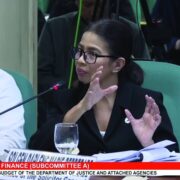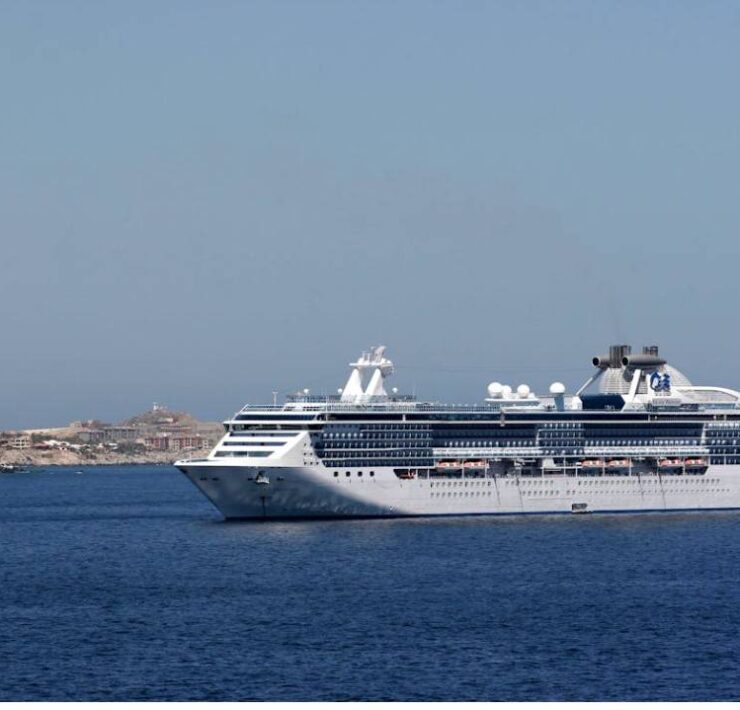Bulacan’s ‘bangus’ industry rises above the tide
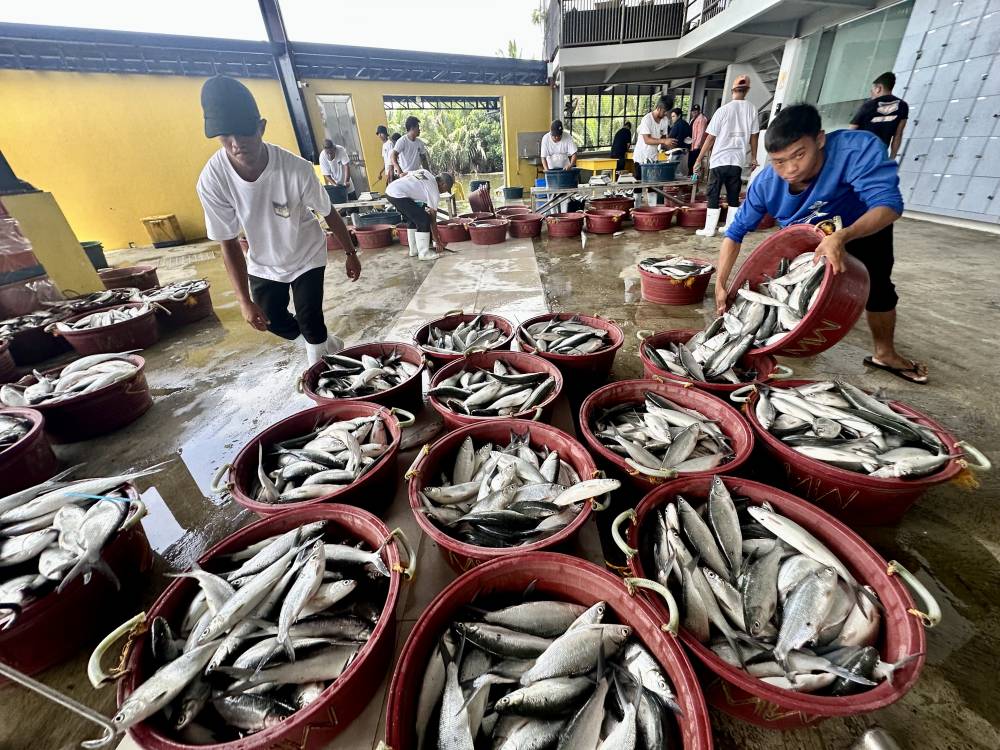
HAGONOY, BULACAN— “Bangus” (milkfish) grower Marc Trillana often walks the banks of his fishpens in this town and nearby Paombong, watching saltwater eat away at what was once fertile ground for the local bangus industry.
He manages 1,250 hectares of fishponds—but every tide now feels like a countdown.
“If sea levels keep rising, this industry—our livelihood, our legacy—won’t last another 10 years,” Trillana told the Inquirer.
With rising seas, stronger monsoons and tidal floods from Manila Bay now a regular threat, Trillana and other aquaculture leaders believe the situation has become critical.
Seawater intrusion is making fish farming nearly impossible, and without long-overdue flood control measures, they warned that an economic and cultural collapse is imminent.
“Our fishpens are already under threat, and only a few of us have managed to survive the past years,” he lamented.
Trillana is among the last major bangus operators in Hagonoy, historically Bulacan’s top bangus-producing town, alongside Paombong, Malolos City and Bulakan.
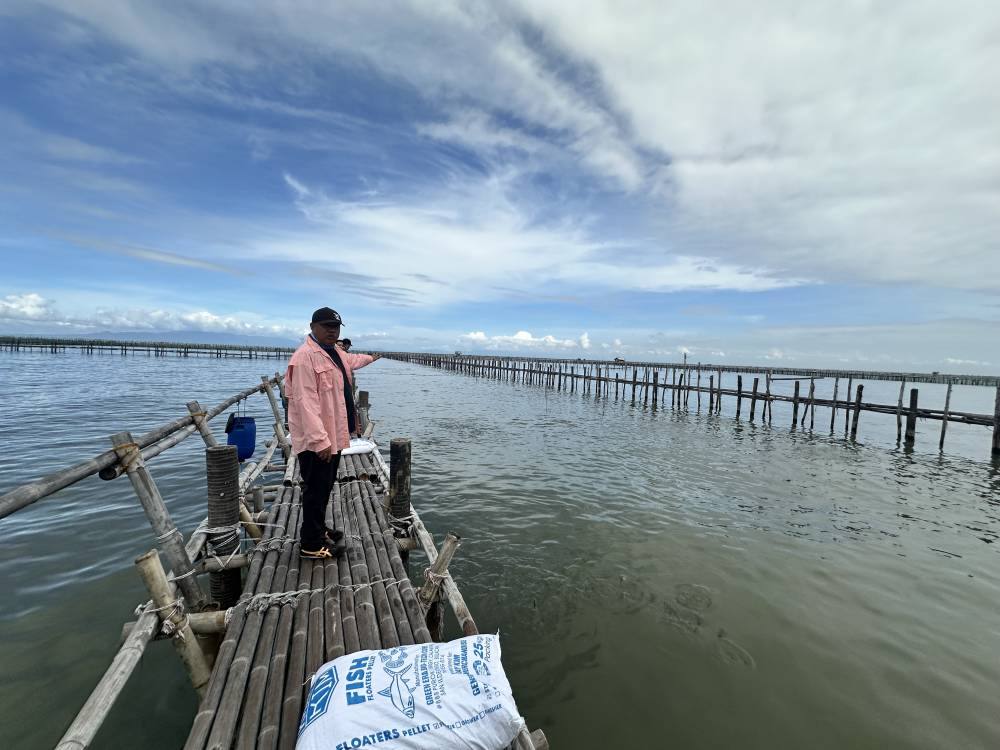
The industry’s slow decline began when the protective earth dikes built in the 1950s were destroyed by typhoons and tidal surges, forcing investors to shift from fishponds to more costly offshore fishpens—an option only available to large-scale players.
According to Florencio Sy Tamco, municipal agricultural officer of Hagonoy, the collapse of traditional aquaculture infrastructure has marginalized small fishers and wiped out once-thriving prawn and crab farming.
“These species cannot survive in fishpens because of their mobility and sensitivity to saltwater,” Tamco said.
Bureau of Fisheries and Aquatic Resources (BFAR) Central Luzon (Region 3) director Wilfredo Mangilit Cruz expressed concern over the trend, acknowledging that only well-capitalized producers are currently able to adapt and expand in mariculture parks and saline areas.
“Our aquaculture zones in Manila Bay remain crucial because the inner barangays are now unsafe due to pollution. Garbage has rendered inland aquaculture unsustainable,’ Trillana said.
He noted that while they have expanded operations to cope, they are losing the battle against recurring sea-level rise and extreme weather.
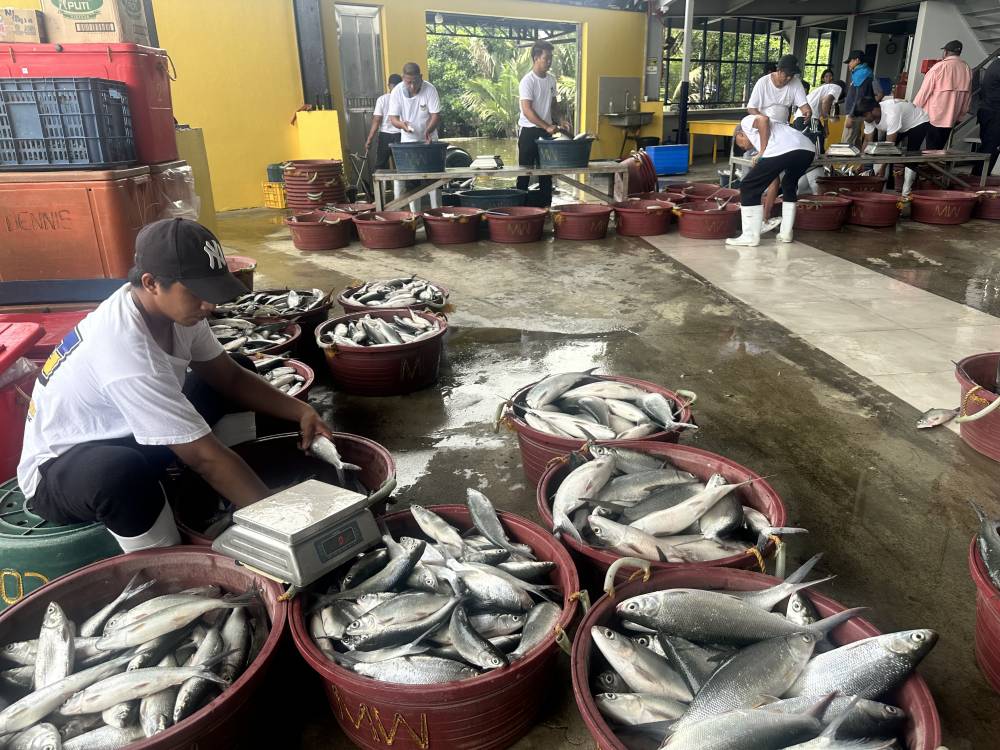
Mega dike
“We’ve tripled our capacity to stay afloat, but we are overwhelmed. If this continues, no fishpen or fishpond will remain in 10 years,” Trillana added.
Trillana, along with other stakeholders, has been urging the government to expedite the long-delayed Mega Dike Coastal Road Flood Control Project, originally proposed during the Arroyo administration.
The massive infrastructure aims to shield Bulacan, Pampanga and Bataan from tidal surges by installing dikes and steel barriers along the Manila Bay coast.
Gov. Daniel Fernando echoed the call, noting that the project is now undergoing a feasibility study following discussions with President Marcos led by him, Bataan Gov. Jose Enrique Garcia and Pampanga Vice Gov. Dennis Pineda.
“This is our best shot at finally ending the decades-long nightmare of tidal floods. We can’t keep living like this. Even inland towns like Calumpit, Bocaue and Marilao are now experiencing coastal flooding,” Fernando stressed.
In July, coastal waters surged to 4.86 feet, worsening floods in low-lying communities. Of the P152 million in agricultural losses reported so far, over P90 million came from the fishery sector.
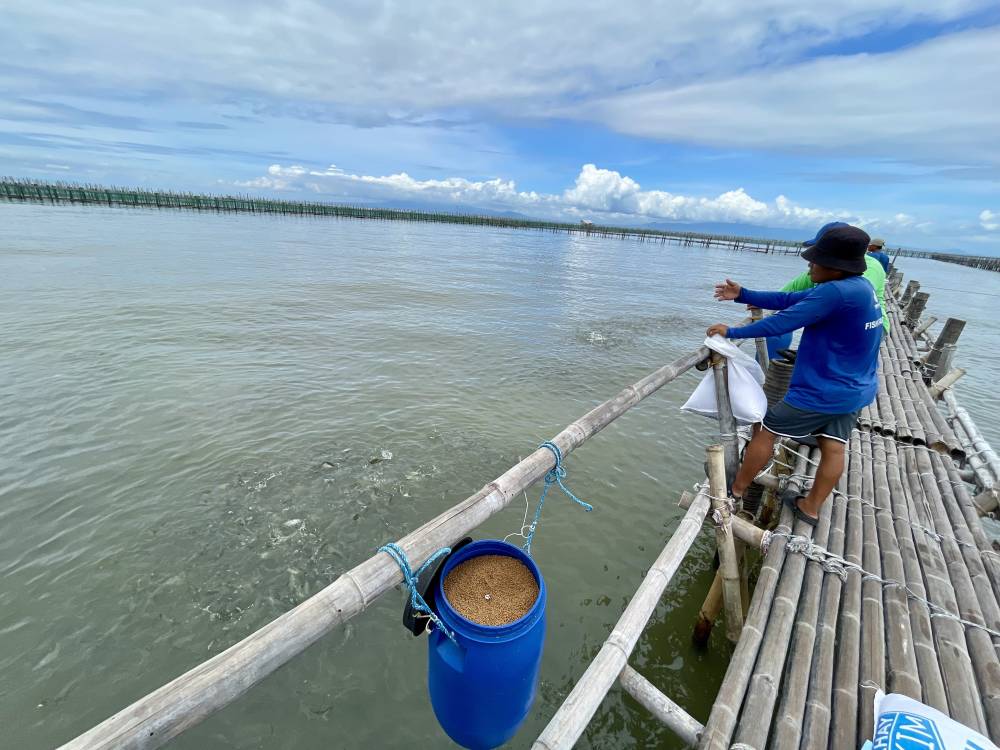
The Mega Dike project not only aims to block Manila Bay waters but also includes pumping stations to redirect floodwaters from upland areas and rainfall runoff, relieving heavily inundated communities.
Fernando said this will be complemented by local efforts to clean rivers and creeks, ensuring pumping systems remain effective.
A provincial flood summit was scheduled last month to align stakeholders and accelerate preparations for the project’s eventual implementation.
Garbage crisis
Aside from climate and tidal threats, Trillana noted that the unchecked disposal of garbage into rivers is one of the most pressing causes of flooding and the degradation of aquaculture zones.
“The airport reclamation project in Bulakan is not even the cause of the flooding. It’s the everyday dumping of trash into rivers. We clean up regularly, but people continue throwing garbage with impunity. No one gets penalized,” Trillana said.
For the industry to survive, Trillana said, both structural solutions and behavioral change are needed: “We need the dike, but we also need discipline.”
Despite the challenges, Trillana remains hopeful, saying, “We can still turn this around. But the time to act is now.”





